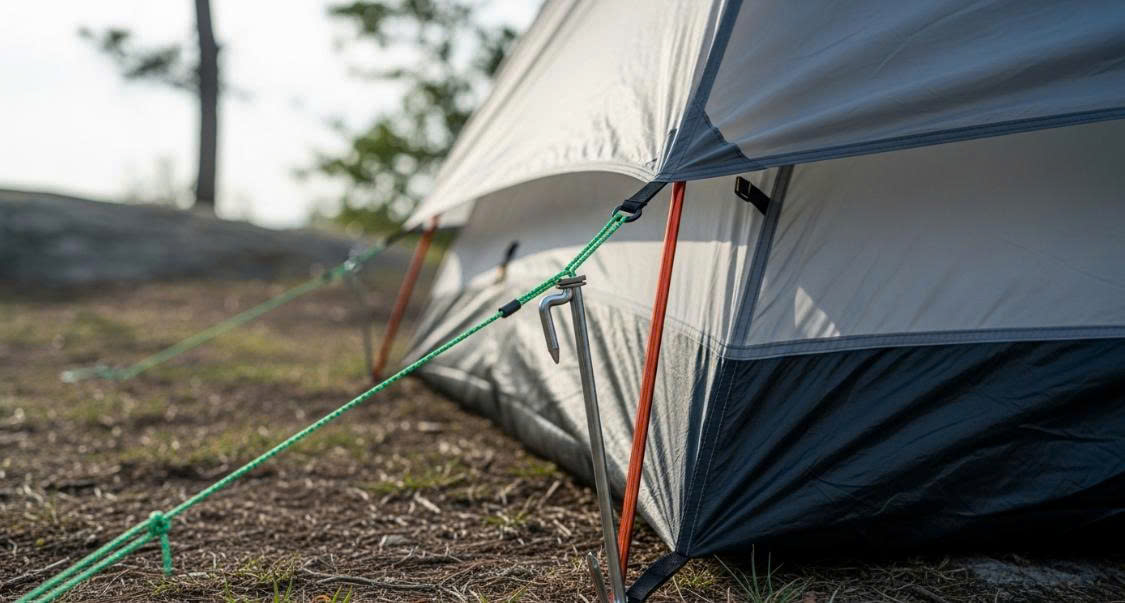Table of Contents
Introduction
If you're a golfer, keeping your clubs clean is essential for optimal performance. Dirty golf clubs can negatively affect your shots and even damage your clubs over time. While you may think a quick wipe down with a towel is sufficient, there are better methods for thoroughly cleaning your golf clubs.
In this comprehensive guide, we'll walk you through the best practices for cleaning your golf clubs. We'll cover the different types of golf club cleaning tools, solutions and techniques you can use. We'll also provide tips on how to properly maintain your clubs so they stay clean in between complete cleanings.
Why You Should Clean Your Golf Clubs
There are a few key reasons why you need to clean your golf clubs on a regular basis:
Enhance Performance
Dirt, grass, and debris that builds up on your clubhead and grooves can greatly affect the precision of your shots. For example, a dirty grooved iron will cause less backspin and salability on approach shots. A clean clubface ensures maximum contact between the ball and club for optimized distance and accuracy.
Extend Club Longevity
Letting dirt and grime sit on your clubs will eventually start to cause wear and damage over time. For irons, debris on the face can lead to nicks and scratches. For woods, buildup on the sole can start to erode the finish. Regular cleaning preserves the condition of your clubs.
Improve Appearance
A thorough cleaning also makes your clubs look almost new again. Shining up worn grips, removing dirt from grooves, and buffing clubheads will have your set gleaming like the day you bought them.
Cleaning Tools
Having the right cleaning tools on hand will make the process much easier. Here are some must-have items for cleaning your golf clubs:
Golf Club Brush
A soft bristle golf club brush is ideal for removing dirt and debris from clubheads, grooves and grips. Make sure to use a brush with nylon or plastic bristles so it doesn't scratch club surfaces. Look for a brush with a convenient hand strap as well.
Groove Cleaning Tool
A pointed groove cleaning tool lets you get down into the grooves of irons and wedges to scrape out grass, dirt and mud. These inexpensive tools usually have a plastic or metal tip.
Golf Towel
A high quality microfiber golf towel is essential for wiping down clubs during and after cleaning. Look for a towel at least 16 x 25 inches in size. Having multiple towels on hand is helpful.
Club Cleaning Solution
A golf club cleaning solution helps break down and remove stubborn dirt and grime. Options include specifically formulated club cleaner fluids or all-purpose cleaners. Avoid any abrasive solutions that could damage club finishes.
Old Toothbrush
An old toothbrush is the perfect size for scrubbing grips and grooves. Just make sure it has soft nylon bristles.
Compressed Air
Canned compressed air makes it easy to blow dirt out of tight spaces like under the clubhead and on grips. Helpful for a final debris removal after cleaning.
Cleaning Techniques
Now let's get into the techniques you'll use for cleaning each part of your clubs:
Clubheads
Start by using a brush and towel to remove any loose dirt or grass on the face and sole of the clubhead. For more built up grime, apply a small amount of cleaning solution and let it sit briefly before scrubbing with the brush. Make sure to thoroughly rinse the clubhead with water afterwards.
Grooves
Really work a groove cleaning tool back and forth across iron and wedge grooves to scrape out compacted debris. You can also scrub with an old toothbrush. Be careful not to damage or bend groove edges. Finish by wiping and drying grooves completely.
Grips
Use a towel dampened with cleaning solution or water to wipe down the entire grip surface. Wrap the towel around and scrub back and forth. Use a toothbrush to clean the underside of the lower grip. Finish by drying thoroughly with a fresh towel.
Shafts
Wipe off any dirt or grass streaks on graphite or steel shafts using a damp towel. Avoid submerging shafts in water. Dry completely with a towel after cleaning.
Cleaning Best Practices
Follow these best practices when cleaning your golf clubs:
Clean After Every Use
Do a quick clean of your clubs at the course after each round using a towel, brush and compressed air. This prevents buildup and keeps grips dry.
Deep Clean Regularly
Every few weeks do a more thorough deep cleaning session with cleaning solution, scrub brushes and fresh towels.
Avoid Getting Grips Saturated
Be careful not to soak grips in water or cleaning solution. This can damage the adhesive and cause grips to loosen or twist over time.
Dry Thoroughly
Always dry clubheads, grooves, shafts and grips completely after cleaning. Moisture left on clubs can lead to corrosion and mold growth.
Inspect for Damage
When cleaning, inspect each club for any nicks, dents or wear. Address any issues promptly to avoid further damage.
Best Golf Club Cleaning Kits
For convenience, consider investing in an all-in-one golf club cleaning kit. Some top options include:
Bossman Club Cleaner Kit
Comes with a high quality brush, groove pick, cleaning solution, towel and compressed air canister. Has everything you need for complete cleaning.
Fitway Golf Club Cleaner Pack
Features a 3-piece brush for clubheads, grips and grooves. Also includes cleaning solution, towel, and cleaning gloves.
Palz Golf Ultra Club Cleaner Bucket
An 18 piece kit featuring multiple brushes, groove tools, and scrub pads. Comes in a bucket large enough to hold clubs.
Quip-It Club & Ball Cleaner
Combines a club brush, ball brush, groove pick and cleaning solution in one ergonomic handle for on-course cleaning.
Maintain Your Clean Clubs
After doing a deep cleaning session on your clubs, you'll want to keep them in optimum condition. Here are some maintenance tips:
Store Properly
Keep clubs in a dry, temperate area away from heat and moisture. Never leave clubs in a hot car. Hang woods upside down so gravity keeps faces dry.
Re-Grip When Needed
Old, worn grips reduce club control. Plan to re-grip at least once a year, especially on heavily used clubs like wedges.
Lubricate O-Rings
Woods and hybrids have small o-rings that can dry out over time. Rub a very small amount of petroleum jelly on o-rings every few months.
Check Ferrules & Hosels
Make sure graphite shafts have tight, secure ferrules below the grip. Also check for any cracks developing on club hosels.
Get Your Golf Clubs Sparkling Clean
Keeping your golf clubs clean is one of the best ways to maximize performance and extend club life. By using the right tools and techniques, you can get your clubs looking like new again. Investing some time in regular deep cleaning sessions will pay off the next time you're on the course.
FAQs
How often should I clean my golf clubs?
You should clean your golf clubs after every round of golf. This helps prevent buildup of dirt, grass, and debris that can affect performance. It’s also a good idea to do a deep cleaning of all your clubs every few weeks for optimal results.
What is the best golf club cleaning solution?
Some top golf club cleaning solutions include Bossman Club Cleaner, Carolina Ultra Clean, and Biokleen Bac-Out. Avoid abrasive cleaners. Look for solutions that help remove dirt and debris without damaging club finishes.
What can I use if I don't have a golf club cleaner?
You can clean your golf clubs without cleaner by using a damp towel with warm water and gentle dish soap. An old toothbrush also works well for scrubbing. Just avoid getting grips too wet. Dry thoroughly after cleaning.
How do I clean my golf grips?
Use a towel dampened with water or cleaning solution to wipe down the entire grip surface. Wrap the towel around the grip and scrub back and forth. Use a toothbrush to clean the underside. Avoid over-saturating grips. Dry thoroughly after cleaning.
Should I clean my golf clubs before or after a round?
It's best to give your golf clubs a quick cleaning after each round to remove any dirt, grass and moisture before it has a chance to dry and cake on the clubs. Then do a full deep cleaning periodically as needed.






.jpg)
.jpg)






